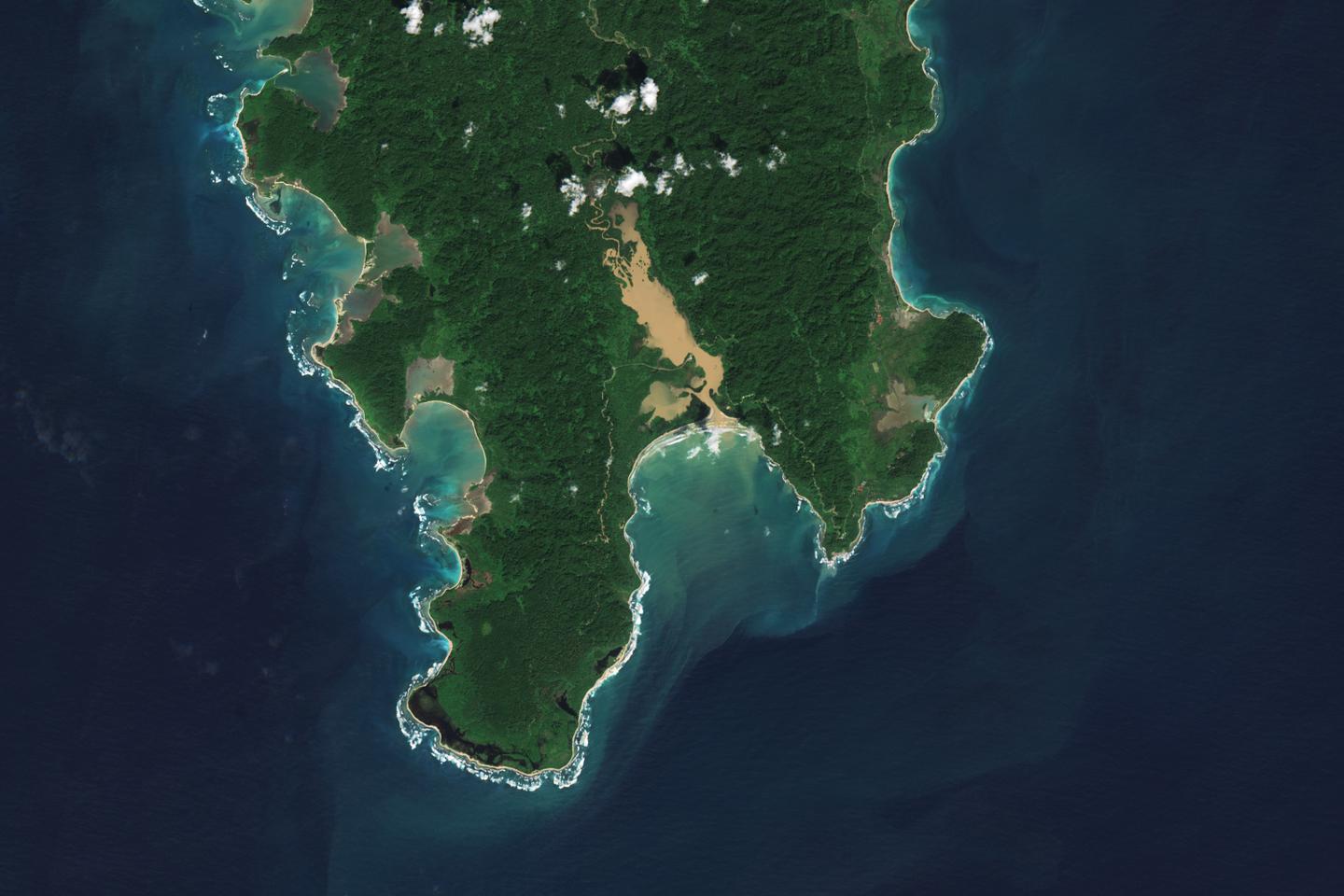


Covered 95% by primary rainforests and mangroves, inhabited by endemic species and rich in lagoons, coral reefs and white sand beaches, Great Nicobar remains one of India's last virtually untouched territories. Located 1,800 kilometers south of mainland India, close to the coasts of Malaysia and Indonesia, it is the largest and most southerly island in the Indian archipelago of Andaman and Nicobar.
Covering an area of 910 square kilometers, the island has just 9,000 inhabitants, including two isolated indigenous groups: the Nicobarese (around 1,000 members) and the Shompen (estimated at between 200 and 300). The Shompen were the only inhabitants of the island until 1969, when the Indian government stationed military personnel there in the 1970s. The Shompen, a forest-dwelling community of nomadic hunter-gatherers, are considered a particularly vulnerable tribal group. Like the Sentinelese, who reside on another island in the Andaman Sea, the Shompen are an "uncontacted" people who have no interaction with the outside world.
Greater Nicobar, designated a biosphere reserve by UNESCO in 2013 and accessible to foreigners only with prior authorization, has been miraculously spared by tourism and modernity. But this may not last very long. In 2022, Narendra Modi's nationalist government approved a vast plan devised by NITI Aayog, its leading think-tank, to economically develop the Andaman and Nicobar archipelagos as well as the Lakshadweep Islands in the Arabian Sea.
An 'alternative to Hong Kong'
The island, which currently boasts only modest infrastructure on its eastern side – a small airstrip, a naval air station, a small port and a small garrison – will be home to 650,000 inhabitants by 2052. There are plans to build an international airport capable of handling 4,000 passengers at peak times, a container transshipment terminal in Galathée Bay (a nesting site for giant leatherback turtles), a power plant, an industrial park, as well as urban and tourist areas. The whole project will cover 166 square kilometers along the southeast and south coasts, at a cost of $9 billion.
You have 63.3% of this article left to read. The rest is for subscribers only.
